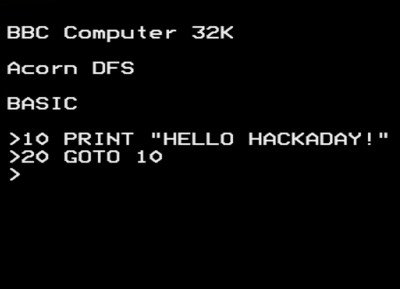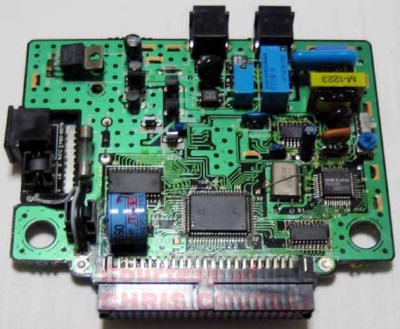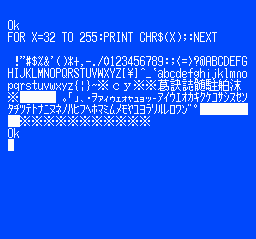Although we might all fundamentally recognize that gaming consoles are just specialized computers, we generally treat them, culturally and physically, differently than we do desktops or laptops. But there was a time in the not-too-distant past where the line between home computer and video game console was a lot more blurred than it is today. Even before Microsoft entered the scene, companies like Atari and Commodore were building both types of computer, often with overlapping hardware and capabilities. But they weren’t the only games in town. This video takes a look at the Bally Home Computer System, which was a predecessor of many of the more recognized computers and gaming systems of the 80s.
At the time, Bally as a company was much more widely known in the pinball industry, but they seemed to have a bit of foresight that the computers used in arcades would eventually transition to the home in some way. The premise of this console was to essentially start out as a video game system that could expand into a much more full-featured computer with add-ons. In addition to game cartridges it came with a BASIC interpreter cartridge which could be used for programming. It was also based on the Z80 microprocessor which was used in other popular PCs of the time, so in theory it could have been a commercial success but it was never able to find itself at the top of the PC pack.
Although it maintains a bit of a cult following, it’s a limited system even by the standards of the day, as the video’s creator [Vintage Geek] demonstrates. The controllers are fairly cumbersome, and programming in BASIC is extremely tedious without a full keyboard available. But it did make clever use of the technology at the time even if it was never a commercial success. Its graphics capabilities were ahead of other competing systems and would inspire subsequent designs in later systems. It’s also not the last time that a video game system that was a commercial failure would develop a following lasting far longer than anyone would have predicted.









 removable cartridge, complete with a BASIC interpreter and a collection of graphical editor tools for game creation.
removable cartridge, complete with a BASIC interpreter and a collection of graphical editor tools for game creation. even a map editor. We think inputting BASIC code via a gamepad would get old fast, but it would work a little better for graphical editing.
even a map editor. We think inputting BASIC code via a gamepad would get old fast, but it would work a little better for graphical editing.









